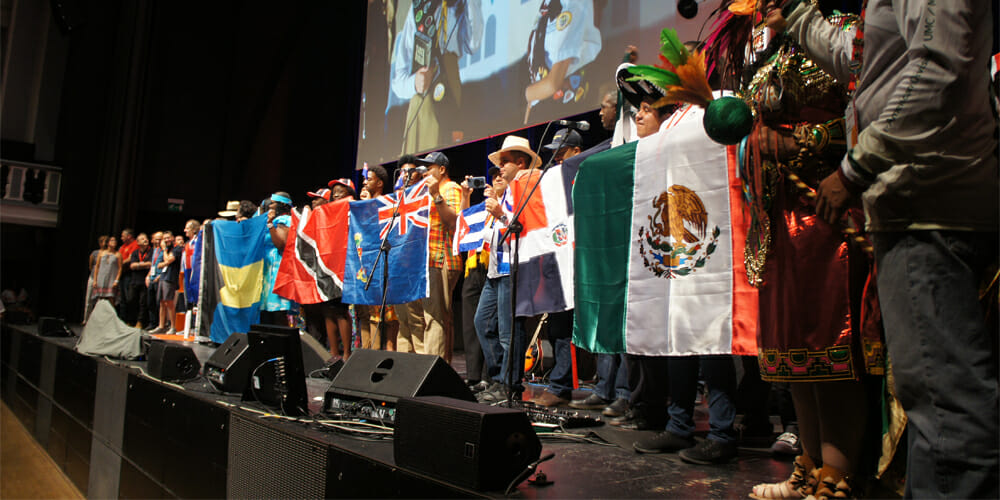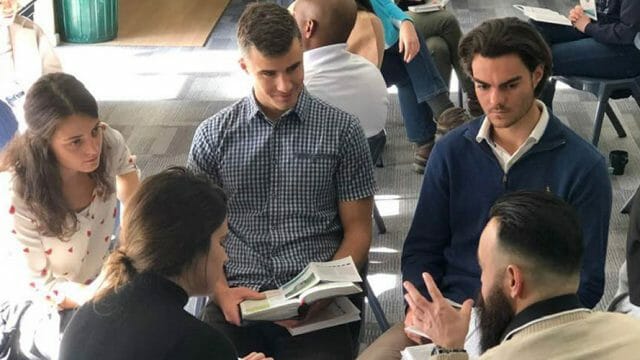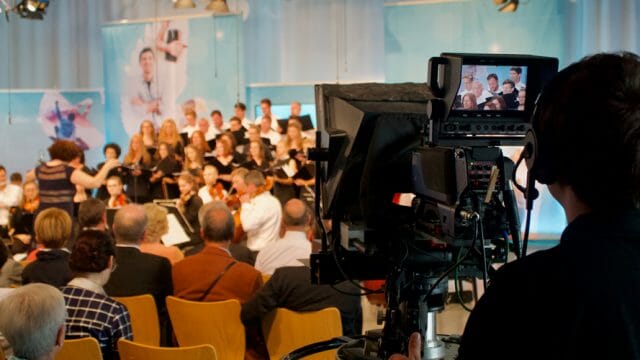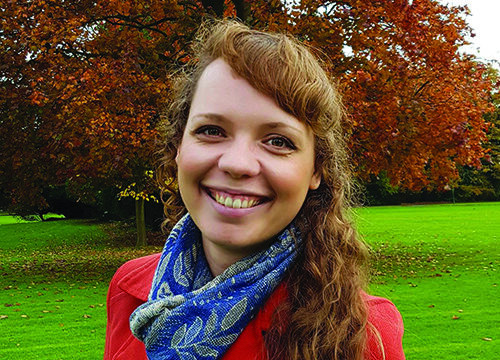The Kassel event could be a catalyst for last-day mission

The just-concluded Global Youth Leaders Congress (GYLC) is an event to remember. When the participants descended on Kassel, Germany, they came to be part of a historic event themed “Pass It On.” The meeting of more than 1,600 youth leaders was an array of smiles, laughter, hugs, high-fives, selfies, camera flashes, loud clapping and cheering, tears of joy, fellowship, prayers, sermons, workshops, and loud amens.
However, that was not all. On deeper observation, the “Pass It On” event had some distinct characteristics. Its global nature cannot be overemphasised. The communal, spiritual, and creative elements of the event were a blessing. More so were the contextual messages. The following will be a focus on the global, communal, spiritual, creative, and contextual nature of the Kassel event.
Adventist Youth Leaders: Globality
Globality is the condition of being global. The global nature of the Adventist Church is always something to be celebrated. The beautiful hues of human beings at the Kassel event depicted the global oneness of Seventh-day Adventism. Here, the diversity of culture and languages, combined with several kinds of mannerisms, makes one ask: How will heaven look?
For example, the South American and Inter-American divisions sent more participants than other divisions. They were just lovely to watch in their dynamism, passion, and enthusiasm. You knew they were there! They shouted, clapped, cheered, and sang everywhere! These leaders were just passionate for Christ! And participants from the Pacific knew how to make beautiful attire with combinations of different colors.
The list of the diversity could go on, with Asians, Africans, Europeans, and Americans from different contexts, speaking several languages, participating in the globality of Adventism.
Adventist Youth Leaders: Commonality
In spite of the global nature of the event, one thing was sure: all the participants saw that they were not entirely different from each other. Adventism was the umbrella under which all these cultures could meet, talk, commune, eat, pray, and sing together. Christ was the banner lifted up as the center of Adventist fundamental beliefs. Under such a banner, here there was no Nigerian, no Peruvian, American, or Kenyan. Everyone there was saved by grace through faith in Christ Jesus and ready to carry out the mission of saving lives under the auspices of the Adventist Church until Christ comes the second time.
This was the common ground that held the event together. This was what spurred on the community of youth leaders who were being encouraged to “Pass It On.” No wonder there was spontaneous singing at subway stations; no wonder strangers who came to be to equipped, engaged, and empowered could fellowship, pray, sing, and eat with each other.
Adventist Youth Leaders: Spirituality
The commonality and communality depicted at the Kassel youth leaders congress were held together by spirituality. Without mincing words, one element of “Pass It On” was the spiritual atmosphere that enshrouded the meeting environment. There was prayer after every devotional message.
The prayer was not just “Thank you, Lord, for using David Asscherick to speak to us; help us to build bridges to people instead of walls.” No. The prayer was more than that. Participants were encouraged to reflect, share, and pray in twos while making commitments according to the message of each devotion. That was phenomenal!
In addition, a prayer and counseling room was a place participants could go to at any time of the day. There was also a specific morning prayer from 7:30 to 7:50. It was called “Give Him 20,” during which participants joined in fellowship in intersession for the global church.
Adventist Youth Leaders: Creativity
The GLYC was the arena for the display of creativity. The creative nature of the just-concluded event was replete. For example, the way the platform was built with “PASS IT ON” in the background; the music from song leaders and guest singers; the theme song itself; the display and launching of new apps from Youth Alive and Vivid Faith; the ideas behind new initiatives like the Twisted Reality movie series and Steps to Christ magazine; the drama presented by a German youth group; the devotional messages, and so on. One could easily conclude that creativity runs in the blood of Adventist youth leaders!
The congress was not just the celebration of creativity; it was the brooding of creativity. Ty Gibson’s devotional message on Friday morning encouraged creativity as an avenue for mission, as he quoted Albert Einstein’s saying, “Creativity is intelligence having fun.” Of course, it is the job of Adventist youth leaders to make mission look like fun. If Adventist youth are not having fun while doing mission, it means that they are not willingly doing mission but are coerced or forced to it. This in turn will not give any avenue for creative development and there will be no inventive ways of doing mission.
Hence, Gibson advised: “As a youth leader your job is not to control but to facilitate invention.” Moreover, Gibson made his audience see that even Ellen White herself had encouraged creativity. In fact, the mind-blowing thing about his message was not just about being creative but also about doing mission according to the zeitgeist! He even claimed that Ellen White was a doctrinal minimalist and had a missiological progressive. That statement not only holds true for historical Adventism, but it shows that if the gospel of the kingdom needs to reach all the world, the youth of the church must become missiologically progressive to make an impact in an ever-changing world.
Adventist Youth Leaders: Contextuality
To be missiologically progressive is to be contextual in mission. The type of contextual preaching rendered in Kassel may begin a different kind of narrative among Adventist youth leaders. Can young Adventists be relevant in a world where violence, misogyny, inequality, racism, homophobia, xenophobia, and political corruption are carried out in the name of God? Can young Adventists build bridges and not walls in a world that is already seeking justice? Yes! According to Gibson, “Adventism was born to the stage of history to paint an alternative picture of God.”
In agreement, David Asscherick, the evening devotional speaker, encouraged youth leaders to trace their identity to Christ. This enables believers to see the world as Christ sees it, because they are compelled by the love of Christ. When we see the world as Christ sees it, we recognize that we are called to think in an inclusive manner that builds bridges in order to make it easier for people to come to Jesus. This will portray a God who came down to us in humility, drew close to us in empathy, and stands close to us in solidarity.
If this type of picture of God is preached and lived in different contexts, languages, and cultures when the youth leaders get back to their local churches, it will generate a revolutionary platform for an incarnational witness that serves as a catalyst for bringing people to Christ.
So What?
Amidst the fun, selfies, cheer, colors, tears, workshops, and laughter of the congress, we ask, What are we passing on? Considering that Adventism is one of the most quickly growing denominations, this congress was the bomb that could take the church into finishing the work we all clamour for if we pass on all that we learned.
Can we be bold in the breaking of old Adventist walls and building new Adventist bridges? Can we see everyone as the same in the eyes of God in need of salvation? Can we, as Asscherick says, “stop pretending that the gospel is for the world and not for us?” Are we ready to see younger Adventists outperforming us? Are we ready to root our identity in Christ, do mission like Christ, and lead like Christ? The future will tell.








